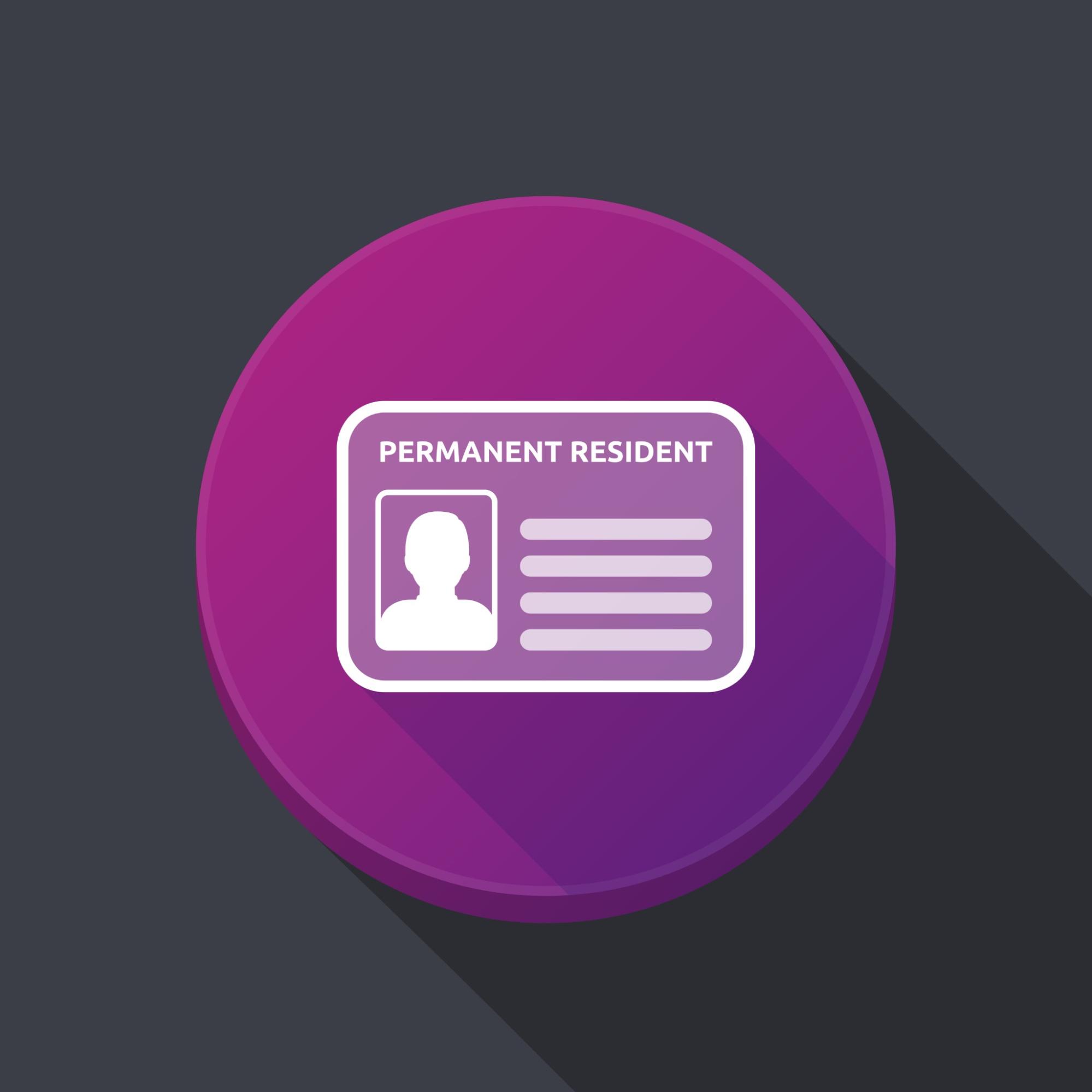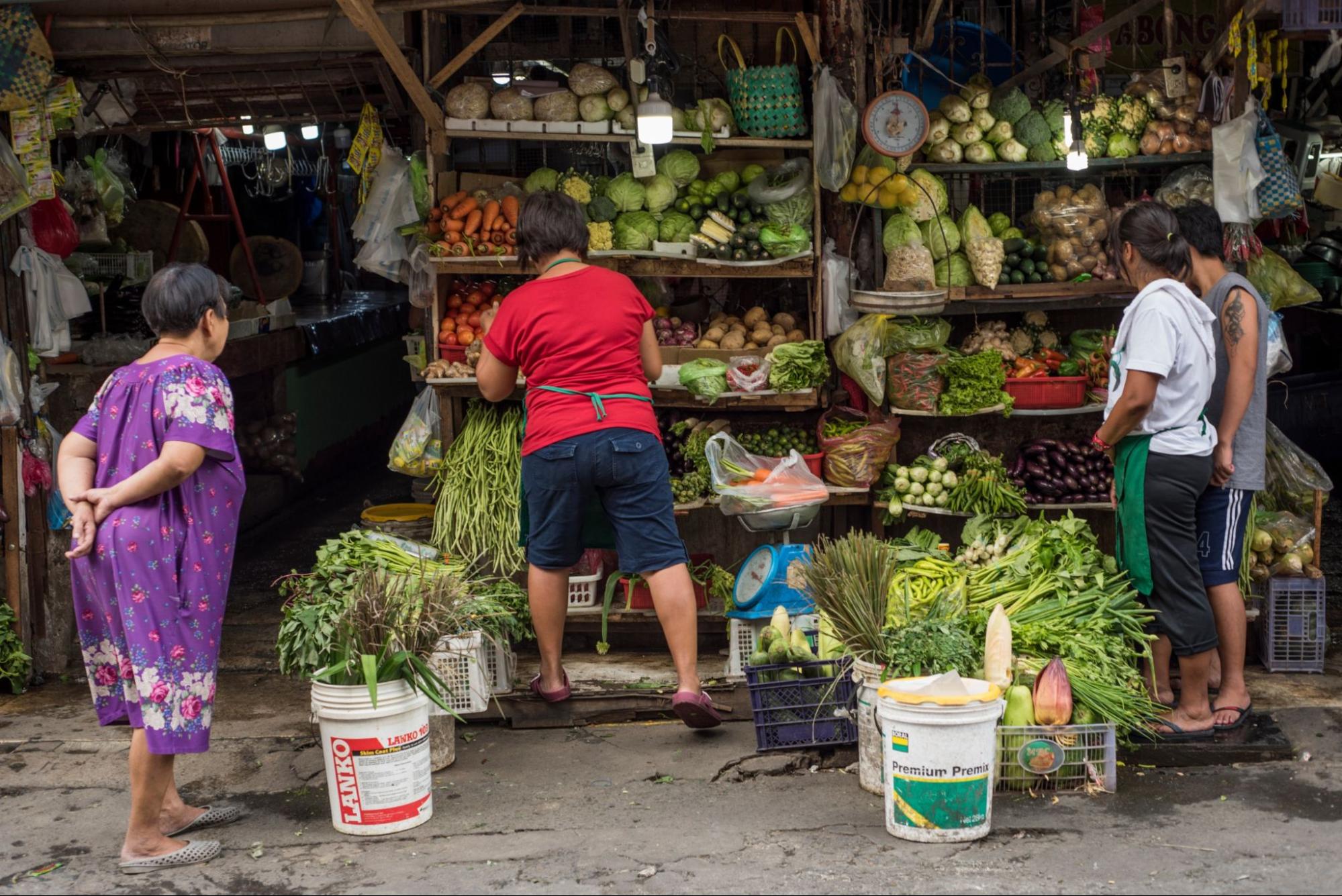The Philippines, a picturesque archipelago in Southeast Asia, boasts a year-round summer climate, azure seas, stunning landscapes, beautiful beaches, and a laid-back island lifestyle. With two official languages, Filipino and English, and a predominantly Catholic population, the country offers a unique blend of cultural diversity.

The Philippines is an appealing destination for those seeking an unhurried way of life, warm weather, and a good level of English proficiency. This guide provides comprehensive information on residency and work permits in the Philippines.
Pros and Cons of Living in the Philippines
Pros:
- Year-round Summer: Enjoy pleasant weather throughout the year.
- High-Quality Healthcare: Access to excellent medical facilities and low risk of tropical diseases.
- Friendly Locals: Welcoming and hospitable population.
- Low Crime Rate: A relatively safe environment.
- Straightforward Immigration: Easy procedures for obtaining permanent residency.
- English Language: English is the official state language.
- Beautiful Nature: Stunning natural landscapes, beaches, and tourism spots.
- No Traffic Jams: Less congested roads.
- Affordable Living: Lower prices for food, accommodation, and services.
Cons:
- Sanitation Issues: Widespread litter and unclean areas.
- Cultural Borrowing: A blend of various cultural influences.
- Mercantile Behavior: Initial discomfort in adapting to local customs.
- Limited Internet Quality: Slow and unreliable internet connectivity.
- Culinary Diversity: Varied cuisine may not suit all tastes.
- Begging Population: A high number of beggars in some areas.
- Driving Concerns: Inexperienced drivers and ease of obtaining driver's licenses.
- Limited Vehicle Rentals: Limited options for small vehicle rentals.
- Monotonous Architecture: Uniform, gray-looking buildings.
- Sanitation Issues: Rodents in some urban areas.
Obtaining a Permanent Residence Permit in the Philippines
To reside in the Philippines on a long-term basis, you can explore various options for obtaining a residence permit:
1. Non-Immigrant Visas:
- Non-immigrant visas are suitable for those coming to the Philippines for reasons such as forming relationships with residents, education, or employment when invited by an employer.
- These visas serve as the initial step in gaining residency status.
2. Working Permit:
- Foreign nationals can obtain a work permit for temporary residence by securing employment with a local employer.
- There are no specific restrictions regarding professions or salary levels.
- Work permits are valid for three years, extendable for 1 to 3 years.
- Family members, including spouse and children under 21, can also accompany the primary visa holder.
- Financial stability to cover family expenses is required.
3. Student Visa:
- The Philippines encourages foreign students to enroll in local educational institutions.
- Enrollment usually involves applying to the educational institution and passing required tests.
- A study visa remains valid for the duration of the study program.
- Applicants must be over 18, and a consular fee (approximately $200) applies.
4. Residence Permit through Marriage:
- Marrying a Filipino citizen allows foreign spouses to apply for a residence permit.
- The process involves submitting necessary documentation and complying with immigration requirements.
5. Retirement Visa with Passive Income:
- Foreign retirees with substantial passive income can obtain a retirement visa.
- Requirements include proving financial capacity and meeting age criteria.
6. Residence Permit through Investment:
- An effective way to gain permanent residency is through investment, business creation, or asset acquisition.
- The Philippines grants investor visas to individuals who invest a minimum of $75,000 in the country's economy.
- This opportunity extends to individuals over 21 with no criminal record and verified good health.
- Investor visas can include family members, including children.
Navigating the residency and work permit processes in the Philippines can offer a pathway to enjoying the country's natural beauty, warm climate, and unique cultural experiences. It's essential to consult with local immigration authorities and adhere to all regulations to ensure a smooth transition to life in the Philippines.
Cost of Living in the Philippines

Affordability:
- A monthly pension of $3,000 can provide a comfortable and enjoyable life in the Philippines.
- Rental costs for a comfortable apartment, 3-bedroom townhouse, or bungalow range from $150 to $200 per month.
- A weekly budget of $50 to $70 can cover fresh vegetables, fish, and meat.
- Utility bills for electricity, water, and cooking gas typically amount to around $120 per month.
- Public transportation is affordable, with tricycles and jeepneys costing $0.20, trains and buses at $0.25, and taxi fares starting at $1.
Culture and Hospitality:
- Filipinos are renowned for their hospitality and friendliness.
- They are among the happiest and friendliest people globally, making foreigners feel appreciated and welcome.
- Respect for elders, strong family bonds, and a willingness to help others are core Filipino values.
- Despite facing natural disasters, Filipinos exhibit resilience and strength.
Eco-Tourism Destinations
The Philippines boasts over 7,000 islands, offering a wide range of natural attractions and activities:
- Explore stunning beaches, dive into captivating underwater worlds, and enjoy the country's rich biodiversity.
- The country's 36,289 km coastline features white sand beaches in Boracay, Camiguin Island, and Puerto Galera.
- Surfers can catch giant waves in destinations like Baler, Catanduanes, Pundakit, and Siargao Island.
- Cooler climates are found in places like Baguio City, Tagaytay City, and Sagada Mountain Province.
Requirements for Permanent Residence Visa
For Spouses of Filipino Citizens:
- Proof of a valid marriage to a Filipino citizen recognized under Philippine law.
- No derogatory records with local or foreign law enforcement agencies.
- No contagious or dangerous diseases.
- Sufficient financial means to support a family.
- Authorization by Philippine immigration authorities to enter and stay in the country.
- Additional requirements include an application letter by the Filipino spouse, notarized forms, and supporting documents.
For Nationals of Countries with Diplomatic Relations:
- Completed application form.
- Compliance with reciprocity agreements.
- Payment of required fees.
- Attend hearings and provide biometric data.
- Check the status of your visa application online.
Cost of Permanent Residence Visa:
- Principal: Php 18,830.00
- Dependent Spouse: Php 18,830.00
- Dependent Child (16 years and above): Php 18,580.00
- Dependent Child (15 years and below): Php 18,080.00
Benefits of Permanent Residency in the Philippines:
- Easier access to loans and insurance.
- No need for a departure ticket when leaving the Philippines.
- Permanent visa status after a 1-year probationary period, with ACR I-card renewal every five years.
- Legal compliance under Philippine law.
- Elimination of the need for visa runs.
Philippine Tax System:
The Philippine tax system for foreigners varies based on residency status:
- Resident aliens are taxed on all income from sources within and outside the Philippines.
- Non-resident citizens and non-resident aliens are taxed only on income earned within the Philippines.
- Overseas Filipino workers (OFWs) are taxable only on income earned in the Philippines.
Tax rates in the Philippines range from 0% to 32%, depending on income levels. Taxes are typically deducted at source for employees.
In conclusion, the Philippines offers an enticing prospect for retirees and individuals seeking a change in lifestyle. With its favorable cost of living, welcoming culture, and straightforward permanent residency options, the Philippines stands as an attractive destination for those looking to make this beautiful country their home.
FAQ
What is a residence permit in the Philippines?
A residence permit in the Philippines, often in the form of a Special Resident Visa, is granted to foreign nationals who intend to stay in the country indefinitely or permanently for purposes such as work, employment generation, investment, or retirement. The specific classification of the resident visa may vary based on investment conditions and retirement types.
What is the duration of a work permit in the Philippines?
Work permits in the Philippines are typically issued for one to three years. Individuals with work permits can also explore the option of obtaining a Temporary Visitor's Visa for various purposes.
Is it possible for foreigners to obtain residency in the Philippines?
Yes, foreigners can obtain residency in the Philippines. There are several ways to achieve this, primarily through non-immigrant visas. These temporary residency permits serve as the initial step in the process of obtaining residency status in the country.
Can I obtain permanent residency in the Philippines?
Foreign nationals seeking permanent residency in the Philippines can apply for an immigrant visa. These visas are granted to non-citizens whose home countries offer permanent residence and immigration privileges to Filipino citizens.
How long does it take to attain residency in the Philippines?
To qualify for naturalization and permanent residency in the Philippines, an individual must have resided in the country for at least 10 years, maintain a clean criminal record during this period, own real estate valued at no less than PHP5,000, have a profitable business, profession, or lawful occupation, and demonstrate proficiency in speaking Tagalog, English, or Spanish.
To obtain a Philippines eVisa
- Step1: Complete the online application by providing your passport details.
- Step2: Submit payment online using a credit card.
- Step3: Monitor your email for confirmation of payment and receipt of your eVisa, which will be sent electronically.
